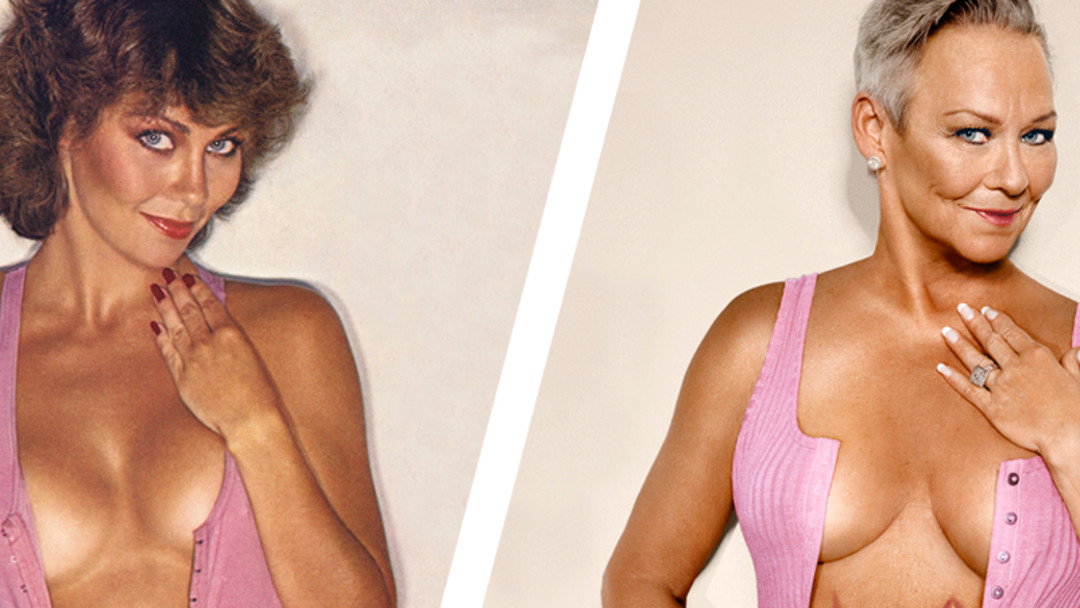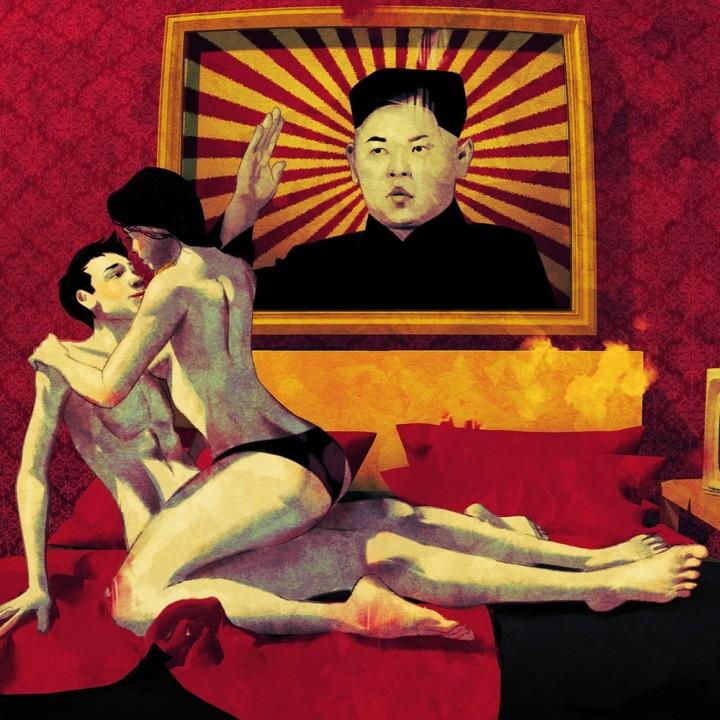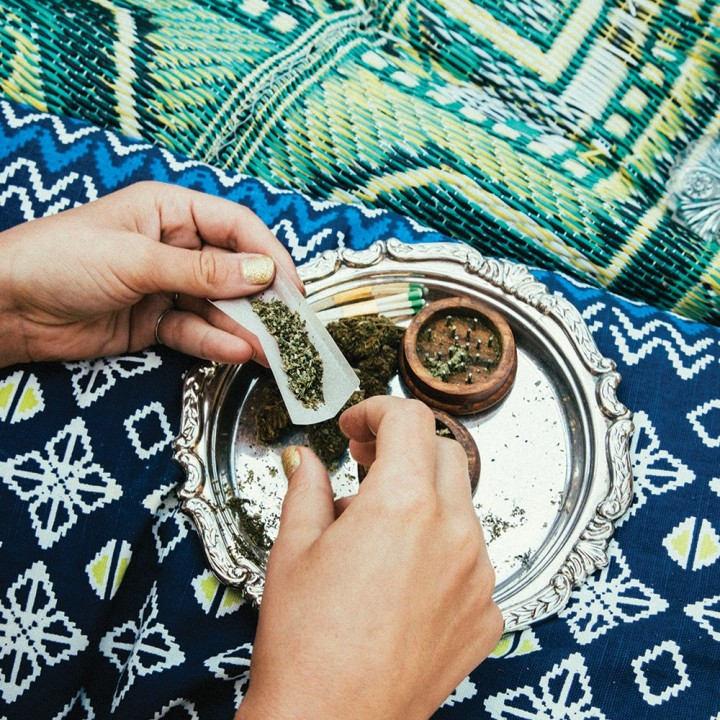
What I Learned From Playmates
A former Playboy editor shares wisdom gleaned over years of conversations with Centerfold subjects
I started working at Playboy magazine in 1973 at the age of 25. As the youngest editor, the low man on the totem pole, I inherited the job no one wanted: writing “girl copy”—the stories that accompany the Centerfolds. For a decade or so I interviewed the Playmates, meeting them for lunch or dinner in fancy restaurants, dark bars, beer gardens, tiny apartments, coffee shops—all expenses paid. In what world could this possibly be considered grunt work instead of a dream job? Well, if you were a serious journalist—as Playboy editors often liked to think of themselves—then interviewing Jimmy Carter for the November 1976 issue, not cover girl Playmate Patti McGuire, was the plummier assignment.
I learned to listen. (Try it sometime.) For many of these young women, I was the first man—perhaps even the first person—to be deeply curious about them, who wanted to know who they were, what they thought. Who asked sincere questions, who took notes. I found that when your subject sees you writing something down, she begins to believe that what she says counts. (It works on men too.)
I learned that beauty could be a curse. The world reacts to you whether or not you are ready. The same wave of hormones that turns girls into women turns some boys into assholes, future Supreme Court justices and presidents. High school jocks thought they deserved the cheerleaders. More than one jerk had said to a girl, “You are not Playmate material.” I was surprised by the number of models who told me they were posing nude to get revenge.
My job, after all, was to discover the individual, to celebrate the person. The magazine let the Centerfolds tell their own stories, in their own voice, using me as a medium.
I learned the full depth of love, of courage, of loss. One Playmate had just returned from a heartbreaking journey. Her brother had died and she’d gone to retrieve his body. She looked at the job the funeral home had done and said, “That’s not my brother.” She asked for makeup and worked on her brother’s face until he was the boy she remembered, the boy her parents would recognize. That story didn’t make it into the magazine article, but it changed my heart. Imagine putting aside your grief to perform that act of love.
I learned how to approach a beautiful woman. One of the editors I worked with said her brother had always wanted to meet a Playmate; would I mind if he came along on an interview? The three of us met at a power restaurant in Washington, D.C. The brother made the reservation, dealt elegantly with the staff and listened quietly throughout the interview. At the end, he slid his card across the table and said to the Playmate, “In a few months the whole world will be hitting on you. If you ever need to talk to someone, I’m available.” She called that weekend. They went to Europe for a couple of weeks, were married by the end of the month and had started a family before the magazine came out. The lesson was clear: Let the woman make the first move.

7 Playmates Re-Enact Their Iconic Covers
Beauty is ageless, sex appeal is timeless and exuberance is eternal.
I heard academics even wrote doctoral theses about the Centerfold stories. My copy! One Playmate had brought me home to her apartment, where she kept a stash of a certain controlled substance that she thought might make her more articulate. But she had locked herself out of her place. I helped her take out a screen and open the window, and I watched her crawl through the opening, blue-jeaned ass in the air. I started my article with that image. One scholar wrote a whole thesis based on that paragraph, saying it demonstrated Playboy's attempt to wed the furtive, the criminal and the forbidden with the image of the girl next door in order to heighten the sexual. No. She had just misplaced her keys.
Eventually I moved on to other assignments at the magazine, and younger editors took over the task of interviewing up-and-coming Centerfolds. The Playmates had given me an uncommon education, and I had graduated.






